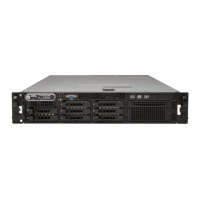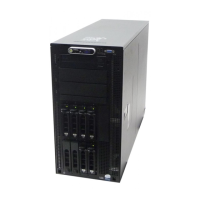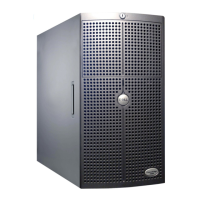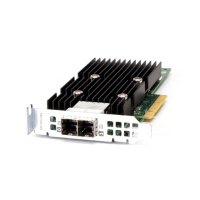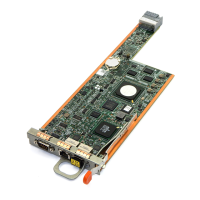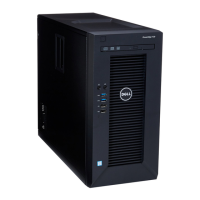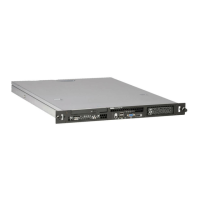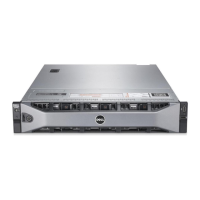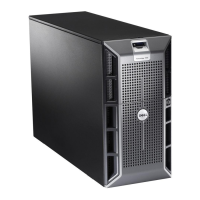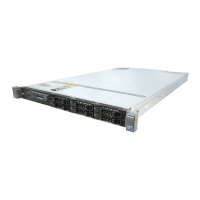104 Installing System Components
Figure 3-34. SAS Backplane Board Removal
Installing the SAS Backplane Board
CAUTION: Only trained service technicians are authorized to remove the system cover and access any of the
components inside the system. See your Product Information Guide for complete information about safety
precautions, working inside the computer, and protecting against electrostatic discharge.
1
Place the SAS backplane board so that the securing tabs on the drive cage are fully inserted into the
securing slots on the backplane board. See Figure 3-34.
2
Pull the SAS-backplane board release pin. See Figure 3-34.
3
While pulling the release pin, tilt the SAS-backplane board toward the front of the system until it
stops, then release the release pin and ensure that it snaps into place.
4
Replace the fan bracket. See "Replacing the Fan Bracket" on page 69.
5
Replace the fans. See "Replacing a Cooling Fan" on page 66.
6
Replace the cooling shroud. See "Installing the Cooling Shroud" on page 67.
1 drive carrier 2 SAS-backplane board release
pin
3 SAS backplane board
4 securing slots (10) 5 securing tabs (10)
2
1
5
3
4
Book.book Page 104 Friday, February 3, 2006 11:09 AM
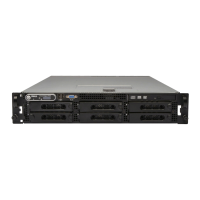
